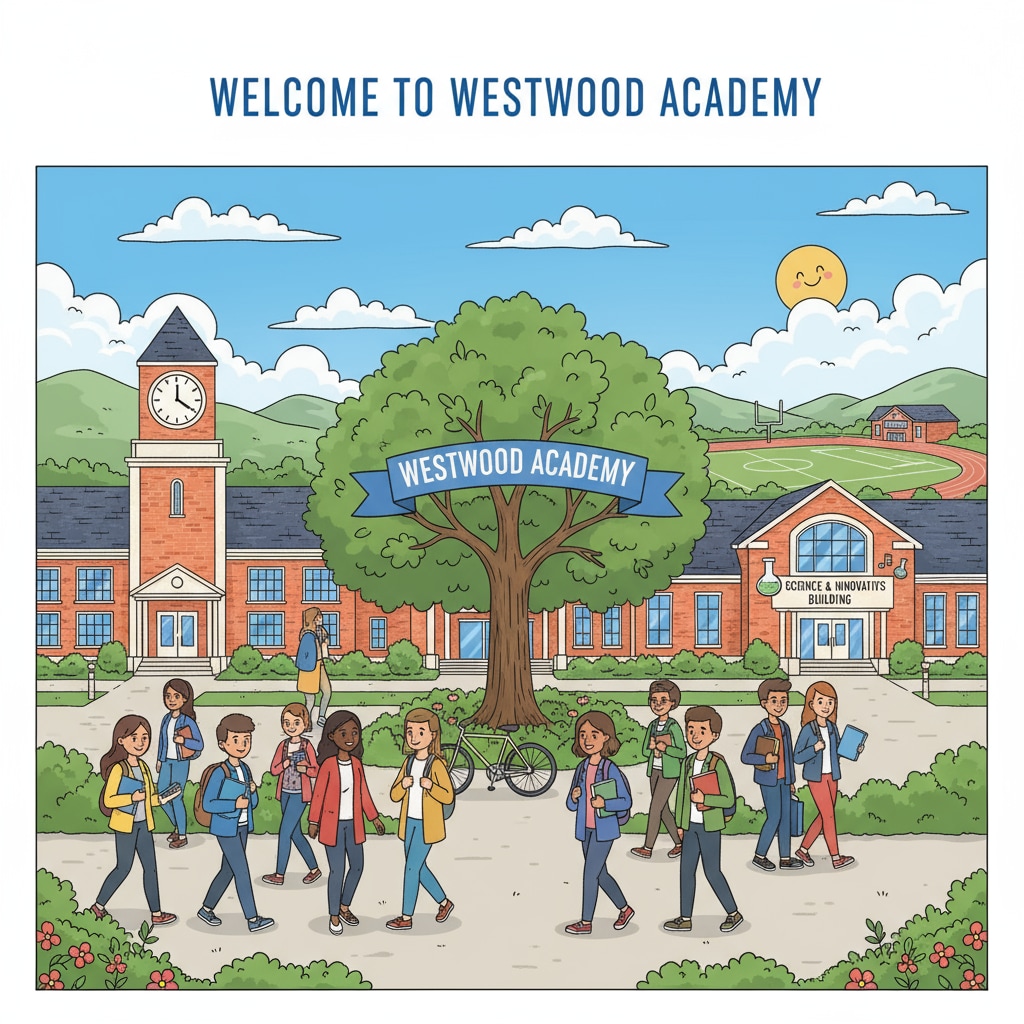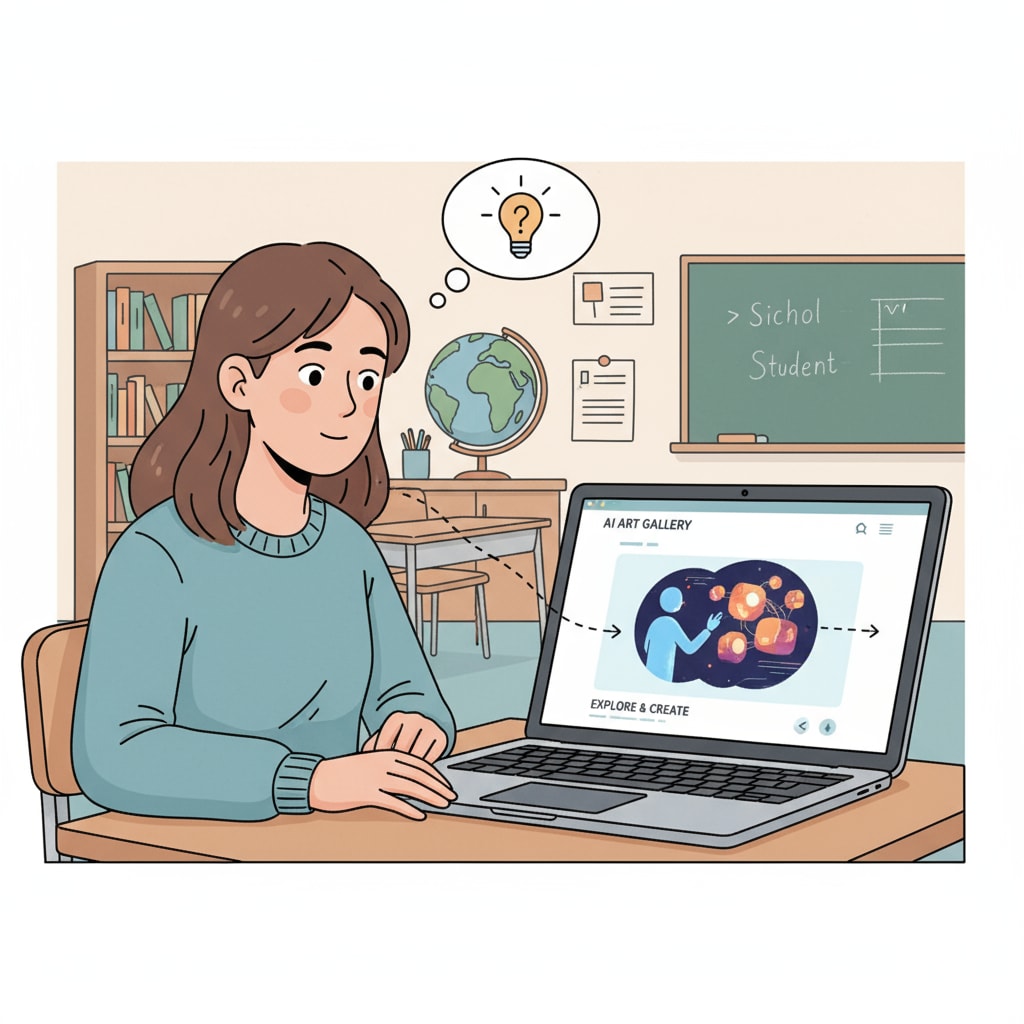In the modern educational environment, high school websites are increasingly incorporating AI-generated images. This trend, while offering new creative possibilities, has sparked a series of ethical debates.

As technology continues to evolve, it’s crucial to examine the implications of this practice in terms of authenticity, integrity education, and digital literacy.
The Invasion of AI-Generated Images
The use of AI-generated images on high school websites is becoming more prevalent. AI algorithms can create realistic and visually appealing images in a short time. For example, some schools use AI-generated landscapes or student-like figures to adorn their web pages. However, this raises questions about the source of these images. Are they truly representative of the school’s unique identity and experiences? Artificial Intelligence in Education on Wikipedia

Authenticity at Stake
Authenticity is a key concern. High school websites should showcase real aspects of the school community, such as actual students, teachers, and facilities. AI-generated images may give a false impression. They could be used to mask deficiencies or create an idealized version of the school. In addition, it becomes difficult for visitors to distinguish between real and artificial content, undermining the trust that is essential in an educational setting. Educational Ethics on Britannica
Furthermore, integrity education is closely tied to this issue. Schools are meant to teach students about honesty and authenticity. By using AI-generated images without proper disclosure, schools may send a contradictory message. Students may be confused about the importance of truthfulness in the digital age.
Readability guidance: We have used short paragraphs to clearly present the main points. Each H2 section has a focused discussion, and we have included external links to reliable sources. Transition words like “however”, “in addition”, and “furthermore” have been used to make the flow smooth.


